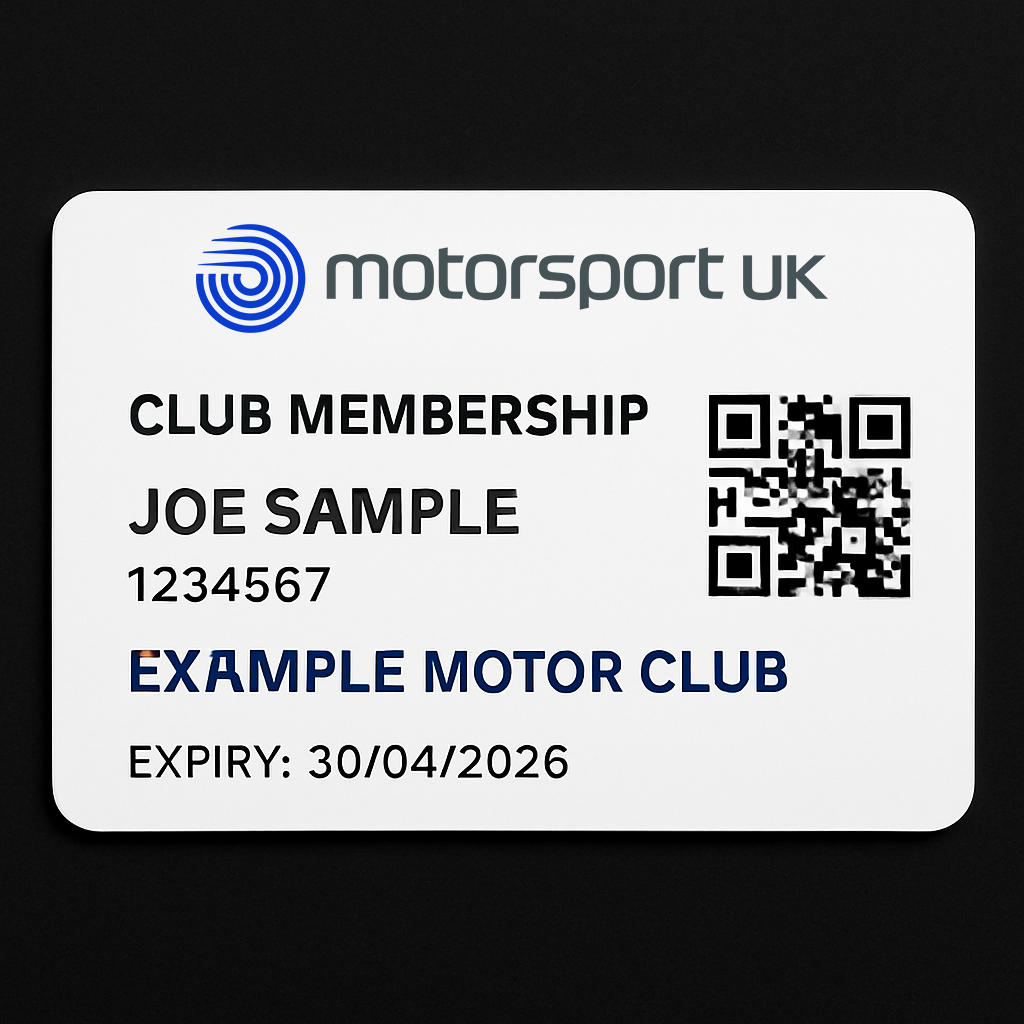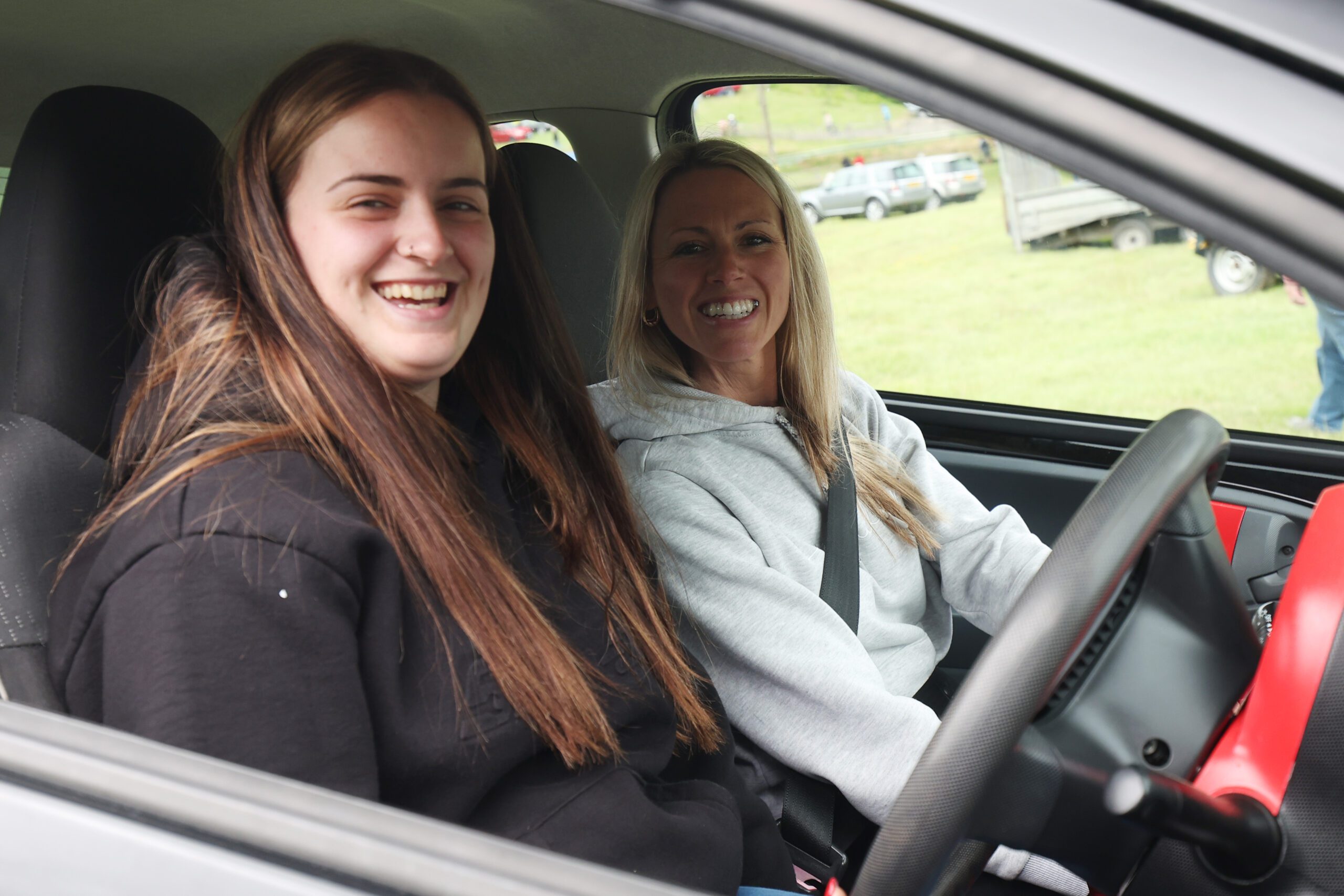FAQS
What makes a good car?
Road rallying can be done in a standard car if it has an MOT, is registered and taxed as a private car, and is in neat and tidy order with all loose items stowed properly. It must have a maximum of four cylinders and single rotor Wankel engines are permitted, twin ones are not. Gearboxes must be manual with the traditional H-shift pattern and tyres must be road legal. At the start of each event, the car will be scrutineered to ensure safety and noise limits.
Are there any modifications required?
Cars should have original bodywork but can also be fitted with manufacturer extras, although non-standard wheel arch extensions are not permitted. The interior should contain all original trim, but front seats can be improved or replaced.
What other kit do you need?
You will be navigating through the course, so you need a working odometer, a pencil, rubber and sharpener, a stopwatch (or two if you can) and a piece of cardboard as a platform to write on. Some events will require you to have the correct local Ordnance Survey (OS) maps, and these can be highlighted but must not have information added to them other than that given to you by the organisers. Some events now run on apps, so a well-charged smart phone and dash mount and an in-car charger to make sure it doesn’t shut down during the event may also be required. It is good practice to be organised and have a container for essential loose items, so they remain in one place. Some events may require the use of an electronic trip meter, but these can cost upwards of £200 so be sure you want to commit before buying one.
What are the general costs of participating?
Assuming you own a road legal car, at a Taster event, all you will need to pay to get started is the event entrance fee, as the required RS Clubman Licence is free and can be easily obtained from Motorsport UK. For regular club events, a Club Membership is required. Events start at £30 and can be found using the club finder tool on the Motorsport UK website and contacting your nearest club to find out what’s on when and where.
How old do you have to be to take part?
A crew must consist of a driver and co-driver. Drivers must be at least 17-years-old, but navigators (non-Drivers) can be as young as 12.
What skills are required for Road Rallying?
The emphasis is as much on navigation as driving skill and in most cases good map reading skills are essential, as the navigator usually needs to use OS maps to direct the driver around the route. In time-controlled events, good time management is also key, because it’s just as bad if you check in at a time control too early as it is too late. It is also worth noting control procedures differ from event to event, so be sure to know what they are.
How can you learn the basics?
As Road Rallying is a StreetCar discipline, you can simply contact your local club and sign up to join an event. The organisers will give you all the information you need, so you can just turn up and get involved. It is best to start at the easier end of the discipline – for example joining a Touring Assembly to get to know the different procedures involved – before driving into the deep end. Some 12 Car events will prefill the route in for beginners so they can get the hang of it, and often clubs host tabletop navigations to learn how to read and use the Ordnance Survey maps from experienced club members.
What makes a good team?
The navigator’s role is to keep the car going in the right direction and on time. To do this, they need to inform the driver of upcoming features, so good navigator must be well prepared. Route instructions sometimes arrive the day before the event, so it is good to note down key marker points on the documents, either circling in pen or using a highlighter. You also need to work together and understand each other – particularly if there are test sections, as these require quicker response. To avoid penalties or missing locations, you should discuss strategy before the event and decide together what instructions will be given and what they mean. Trust each other – the navigator has the instructions and are most likely to be right; while the driver knows how to drive and does not need back-seat instruction.
How do you improve and progress?
Moving through the disciplines, from easier to harder, is the traditional way to get comfortable and – for those who want to – to become more competitive. Some people treat events as a nice day out, while others are in it to win it. Whatever end of the scale you are, the more events you do, the more familiar you will become and the more enjoyable you will find them.
Is it a stepping-stone towards other forms of motorsport?
There are no international competitions in Road Rallying, so for those who want to progress beyond, it is more used as a route into Stage Rallying, as it helps to build the navigational and driver-navigator communication skills that are required in that form of the sport.


